What Kind Of Work Is There To Do In A Garden During Winter?
29 autumn garden jobs you need to do right now
Your essential checklist for a winter-ready garden

With autumn upon us and a chill creeping into the air, now is the perfect time to whip your outside space into shape for the colder months ahead. From protecting plants from the frost to keeping garden pests at bay and ensuring water pipes don't freeze up, click or scroll on for your essential to-do list to get your garden winter-ready.
Raise plant pots off the ground
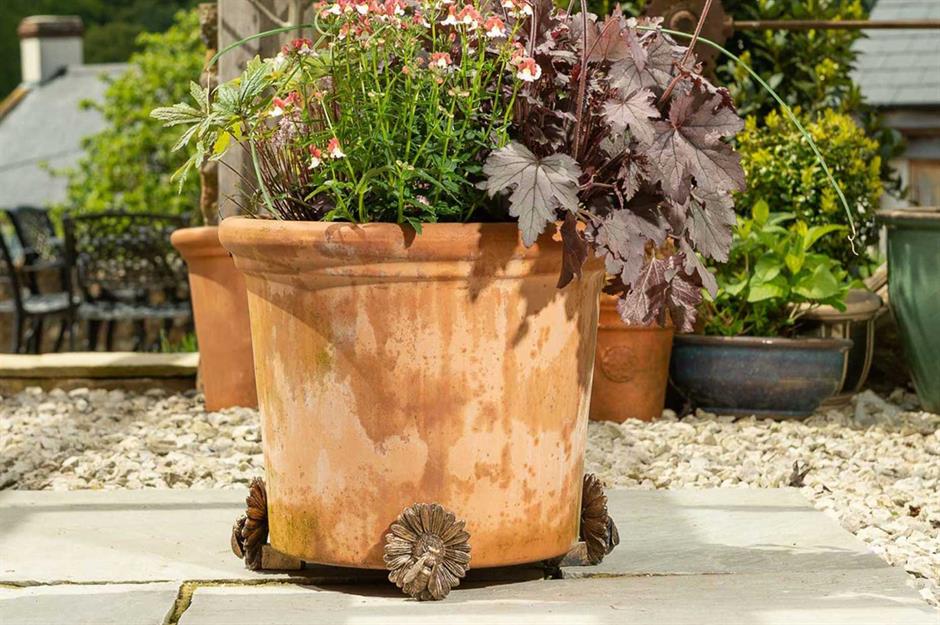
The autumn months often see rain and wind roll into our gardens so take this opportunity to tend to your outdoor plant pots. Leaving containers on the terrace increases the chances of your prized blooms getting waterlogged when the next storm sweeps in. Instead, elevate your pots to ensure they're not left standing in water, either by positioning them on a raised surface or using pot feet to lift them up off the ground, like this frost-proof bee design from Etsy.
Protect garden furniture
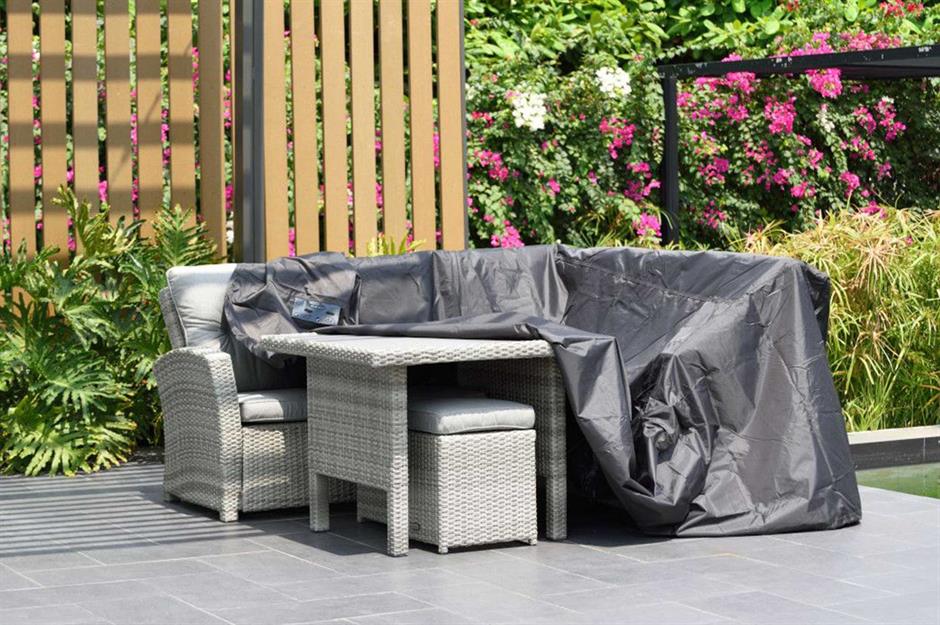
Before you pack up your garden furniture, be sure to give it a good clean to help protect it during its time in storage, using either a wax polish for metal furnishings or a wood preserver for non-durable woods like ash, pine and beech. Then either store furniture in the garage or shed, or invest in a weather-resistant cover to shield it from the rain and frost.
Sow your vegetables
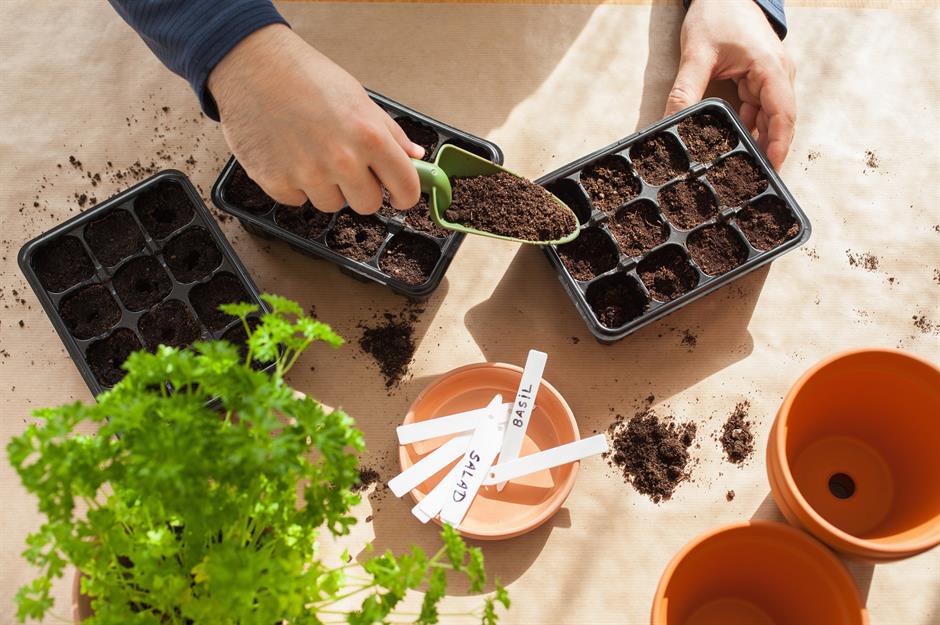
Olga Miltsova / Shutterstock
Autumn is the perfect time to start sowing the vegetables that will provide you with an abundant harvest this winter, as well as next spring and summer. Following the warmer months, the soil will still be warm, so seeds will germinate quickly. So, over the next few weeks, start to sow leafy vegetables like spinach, spring cabbages, broad beans and peas. Now is also a great time to sow turnips, radishes, onions and garlic.
Create habitats for wildlife
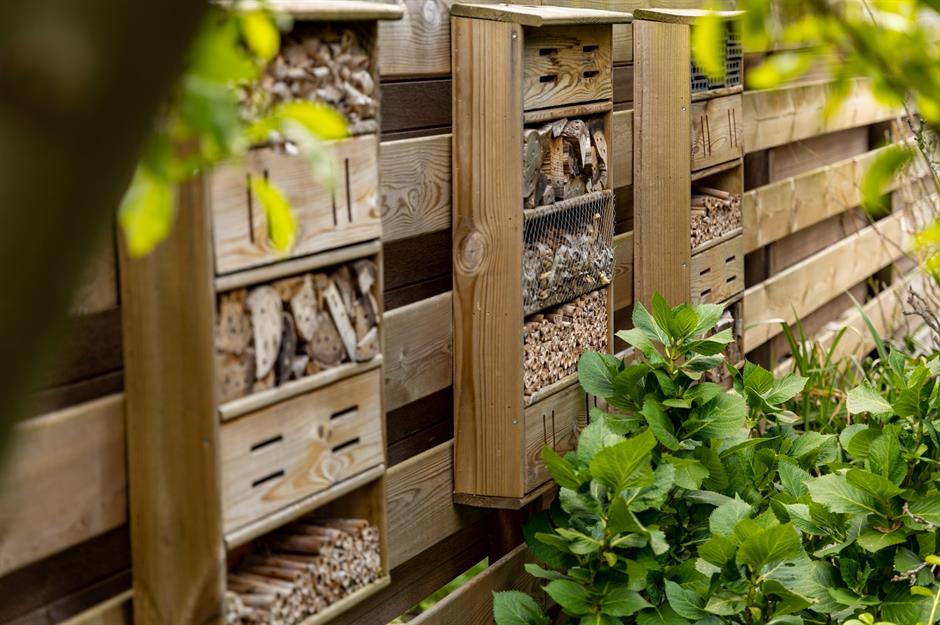
Vvanderhammen / Shutterstock
The winter months can be challenging for wildlife, so transform your backyard into the ultimate animal paradise by creating some practical (and attractive) habitats. You can either buy a ready-made wildlife hotel, or build your own stack using shrubbery clippings or leftover logs. If you're building a cosy nest, do so in a quiet corner of the garden, like behind the shed, so any wildlife hibernating there won't be disturbed. A simple pile of twigs will be a wonderful spot for hedgehogs to hunker down.
Cover sensitive plants
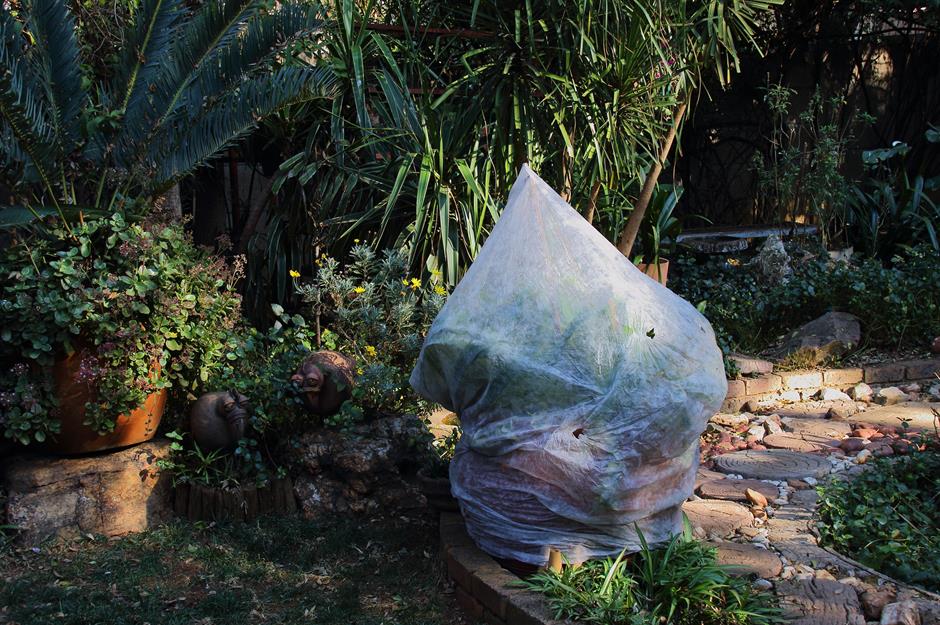
Richard van der Spuy / Shutterstock
Frost-sensitive plants such as roses, blossoms and young shrubs should be covered with leaves, undergrowth or twigs – using bubble wrap is a great gardening hack as it helps ward off the cold air. Don't forget to remove the wrapping from your plants when the weather gets a bit milder to stop them from sweating and rotting, then replace it when the temperature takes a tumble again.
Whip your hedges into shape
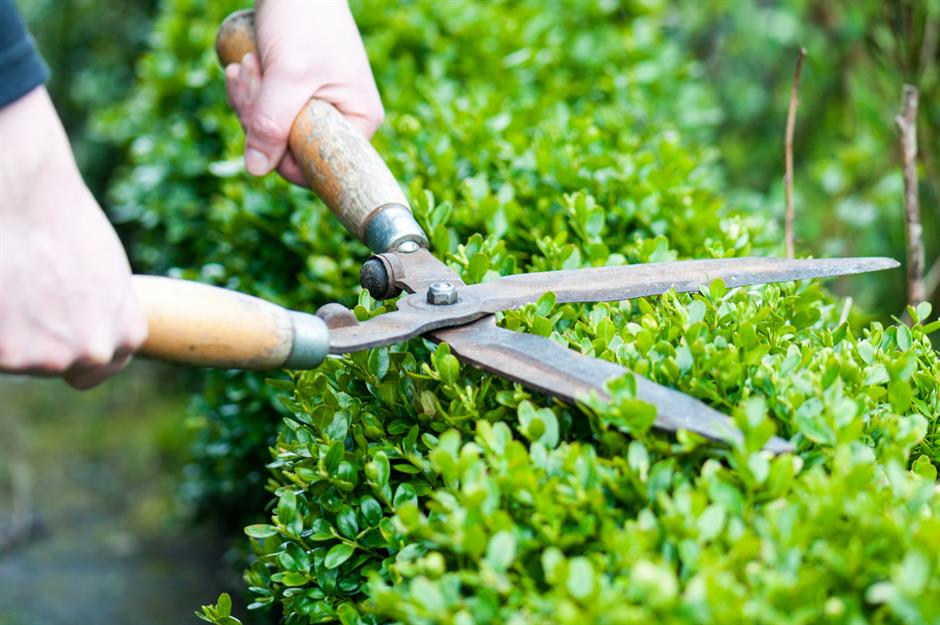
Try to tidy up your hedges before winter sets in so they're easier to maintain when the cold weather hits. Sharpened hand-held shears work fine for smaller foliage, but if your hedges are a bit bigger you may find it easier to use a petrol or electric hedge trimmer to get the job done quickly and easily.
Wave goodbye to slugs
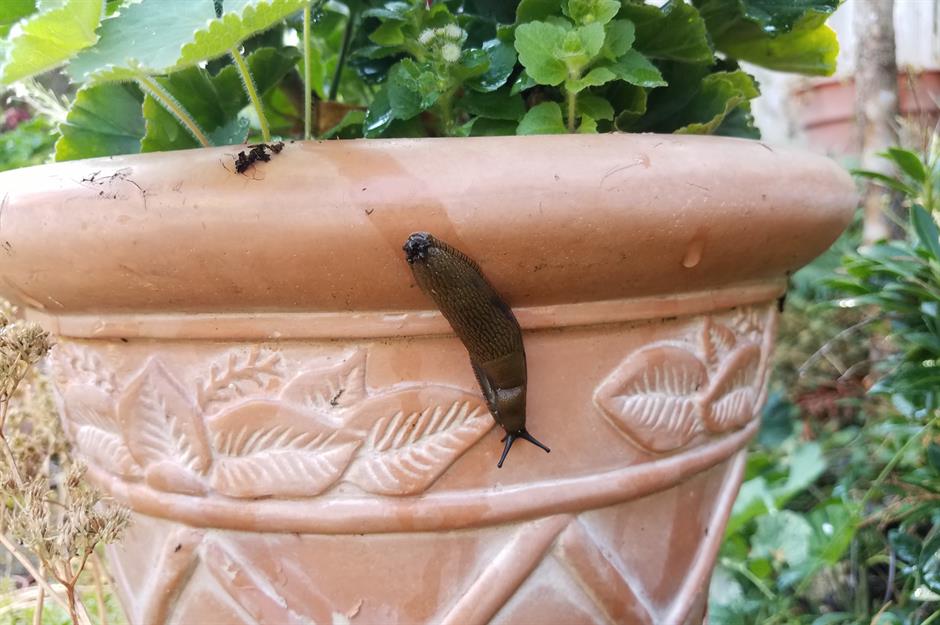
stockphotofan1 / Shutterstock
Make sure to thoroughly clean around and underneath your pots as slugs are drawn to dark enclosed spaces. Take extra precautions and rake up the soil and leaves around your planters to remove any potential hiding places. Raking the soil also allows birds to clear up any slug eggs that could wreak havoc in the future.
Do some seasonal pruning

ueauaphoto / Shutterstock
Make sure you prune your plants while the weather's still mild. Try to cut your shrubs to about a quarter of their original size and thin out the congested stems to improve air circulation. Berries and perennials in particular will benefit from a cutback, as will plants like lavender and rosemary that don't handle pruning well in the winter.
Sort out the shed
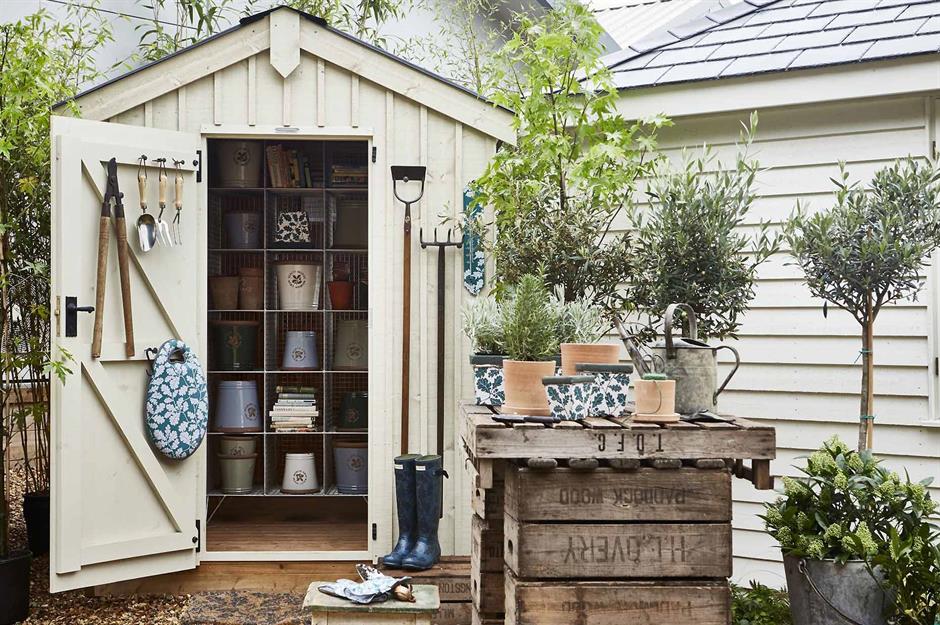
With the days of parasols and sunloungers almost behind us, it's time to clear out the shed and make room for your summer furniture. To free up space and keep smaller items like tools and pots organised, consider investing in narrow shelving or a wall-mounted storage unit. Take the opportunity to give your shed a little TLC too – a paint-on wood treatment or protector will help keep things watertight when rain and frost hit.
Rake in the changes
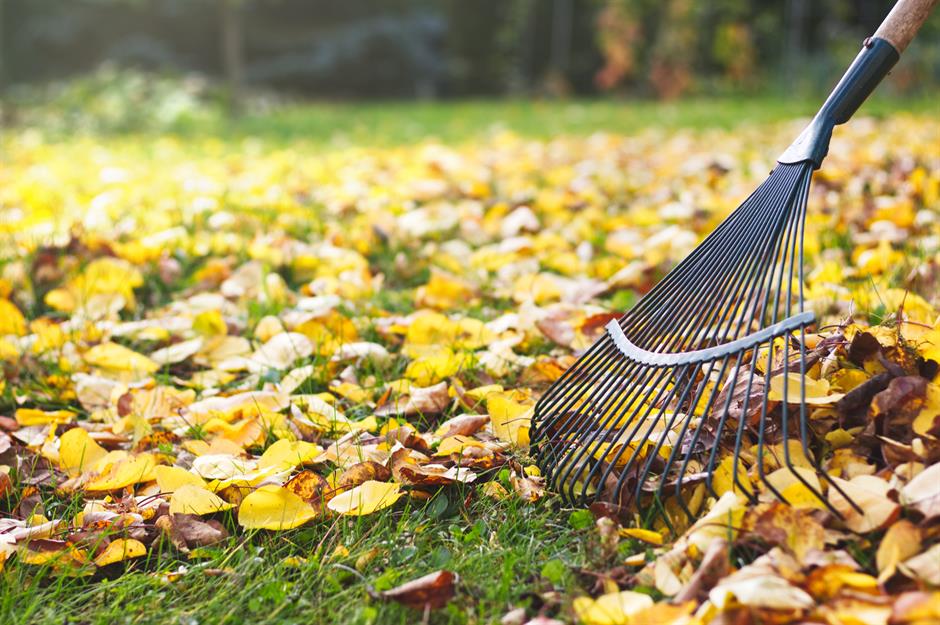
Rake away any moss or dead grass that has built up on your lawn – pick up a bottle of moss killer if there's too much to remove by hand. Once you've finished raking, apply an autumn lawn feed to make the roots stay strong in the cold months ahead. You could even put the dead grass and debris aside for composting to use as fertiliser in the future.
Lay a new lawn
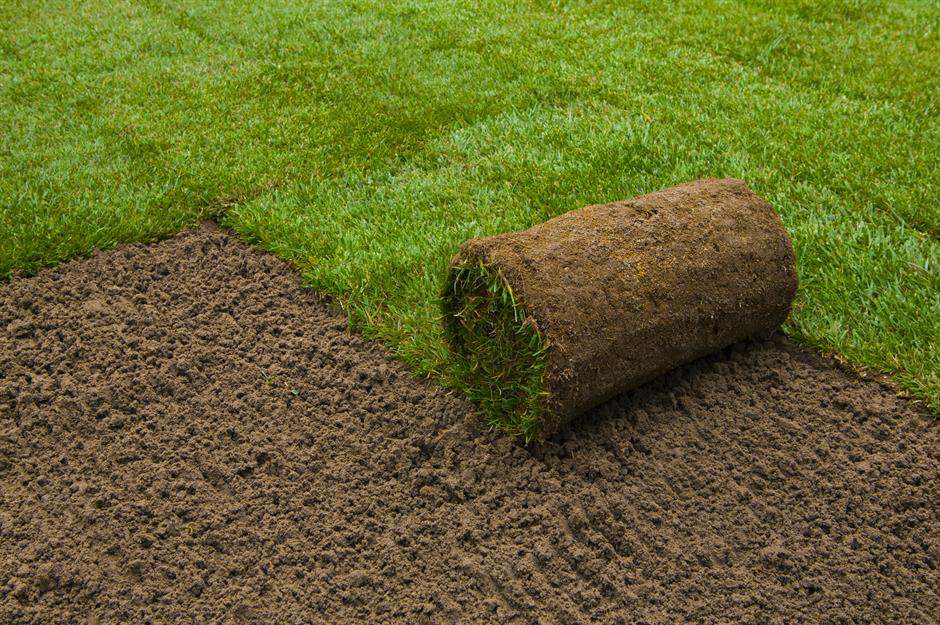
Autumn is the perfect season for a lawn makeover so revamp yours by laying down some new grass. A standard piece of turf will cover about 10 square feet of soil– make sure you buy from a reputable supplier and get it delivered straight to your door to avoid any fuss. Ideally, you should lay it down within a day of delivery so it doesn't turn yellow.
Make your own leaf mulch

A good way to recycle dead and fallen leaves is by making your own leaf mulch. Use wooden stakes and wire mesh to create a large bin in a sheltered spot in your garden. Fill it with leaves, then sprinkle it with water and leave for a few months until the leaves are crumbly, then simply spread it around your borders like a mulch to give your soil and plants some nutrients. If you want to create a soil conditioner, let the leaves rot for around a year.
Clean and net ponds
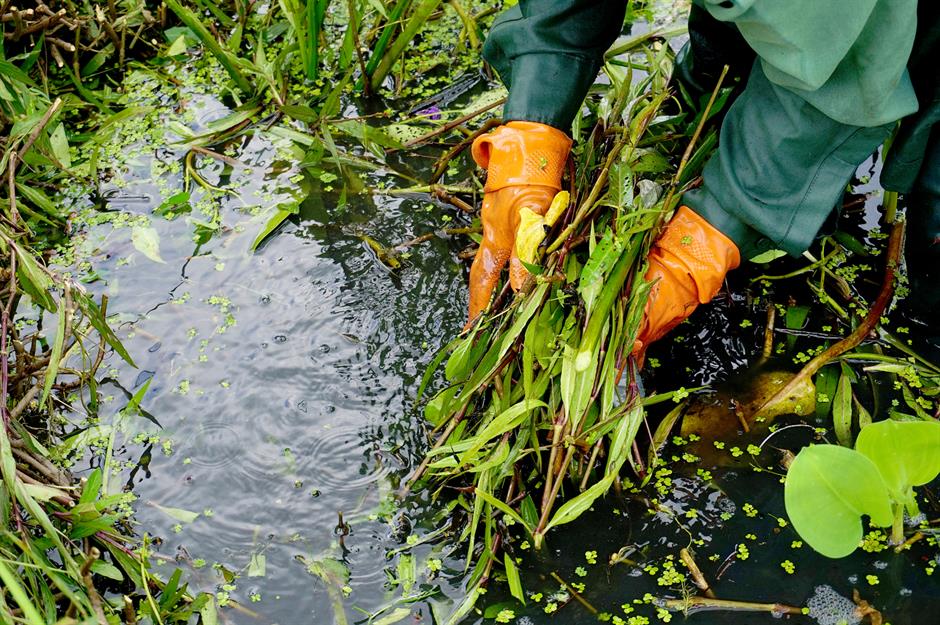
patcharapon / Shutterstock
Make sure you scoop out any fallen leaves from your pond and cut back on surrounding plants to keep it as tidy as possible. Netting your pond is also important – use a fine-meshed net to protect any fish as they'll become less active and more vulnerable to predators in the winter. Don't forget to cut out holes for any tall pond plants you have so they can grow through the netting without being harmed.
Cover leafy foliage
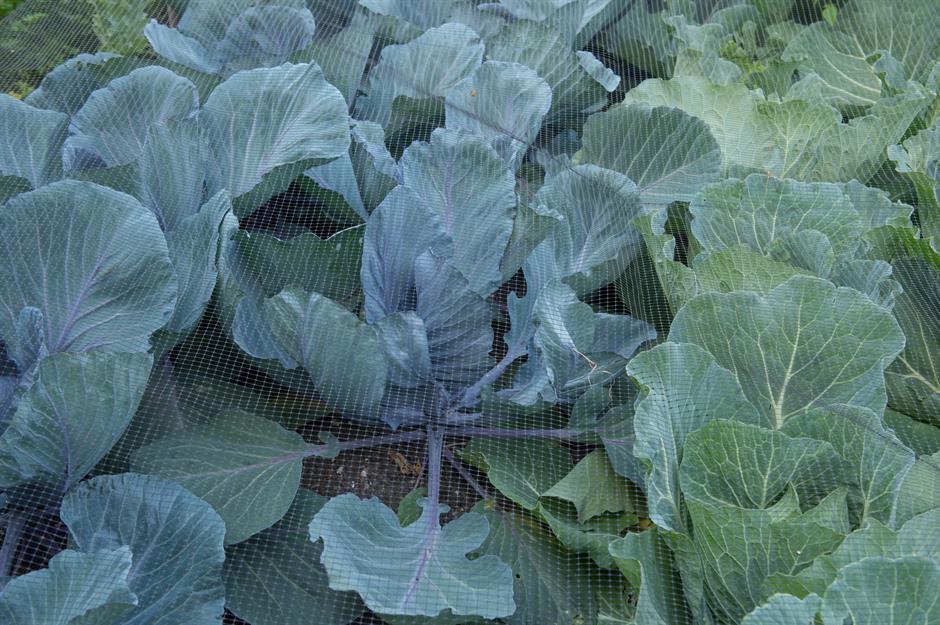
Peter Turner Photography / Shutterstock
Keep your leafy plants protected from the frost and wildlife by covering them before winter sets in. There's a range of coverings to choose from depending on your needs, ranging from fleece to protect sensitive plants from the cold to bird netting to shield your strawberries from hungry mouths. If possible, it's best to buy your netting in person from your local garden centre or DIY store to ensure that you get the right covering for your foliage.
Lure in ladybirds
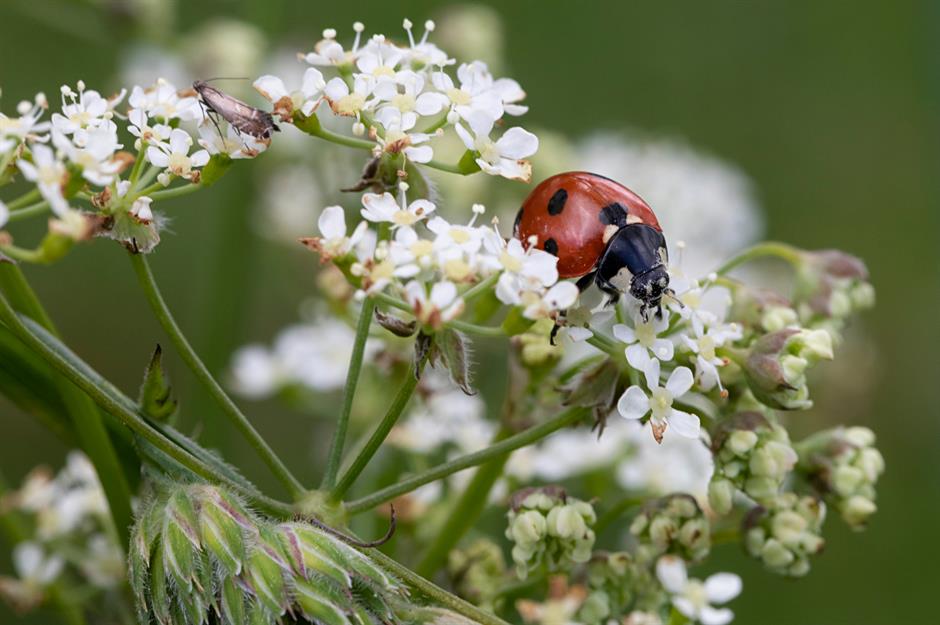
Amy Collinson / Shutterstock
Far from being a nuisance, ladybirds will actually help you get rid of other annoying insects and pests in your garden. To lure more ladybirds into your garden, add flat flowering plants which will act as great landing spots. Shrubs that are particularly attractive to ladybirds include dill, caraway, coriander and yarrow.
Wash out plant pots
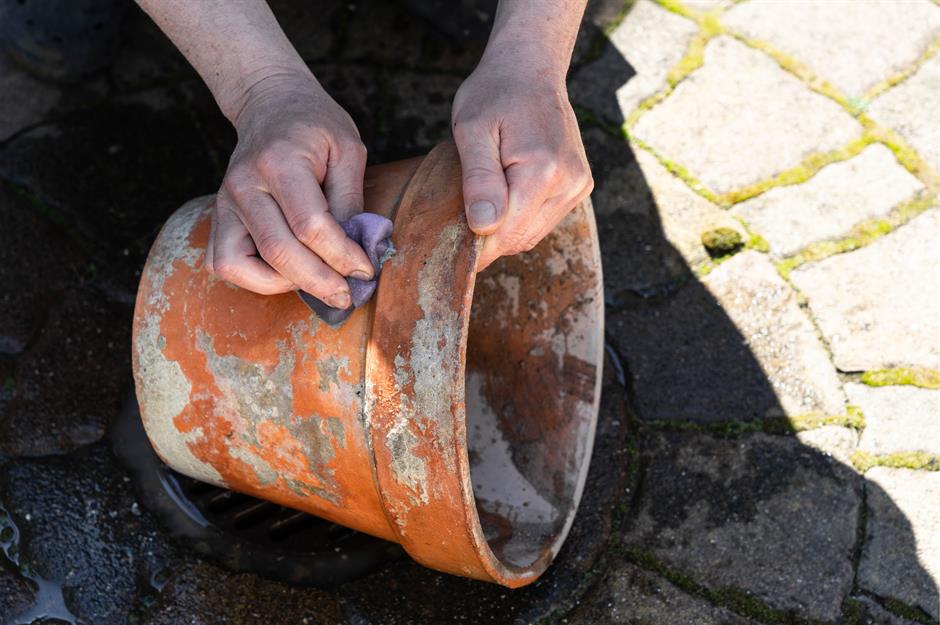
Jana Loesch / Shutterstock
The best time to clean plant pots is at the start of a new season. Dirty pots can contain pests, bacteria and fungus that can really do damage to your garden so it's important to be thorough. In a sink or a large container, dilute bleach with water to create a disinfectant. Use a stiff brush to scrub away dried soil and debris, then leave them to dry in the sun.
Prepare perennials
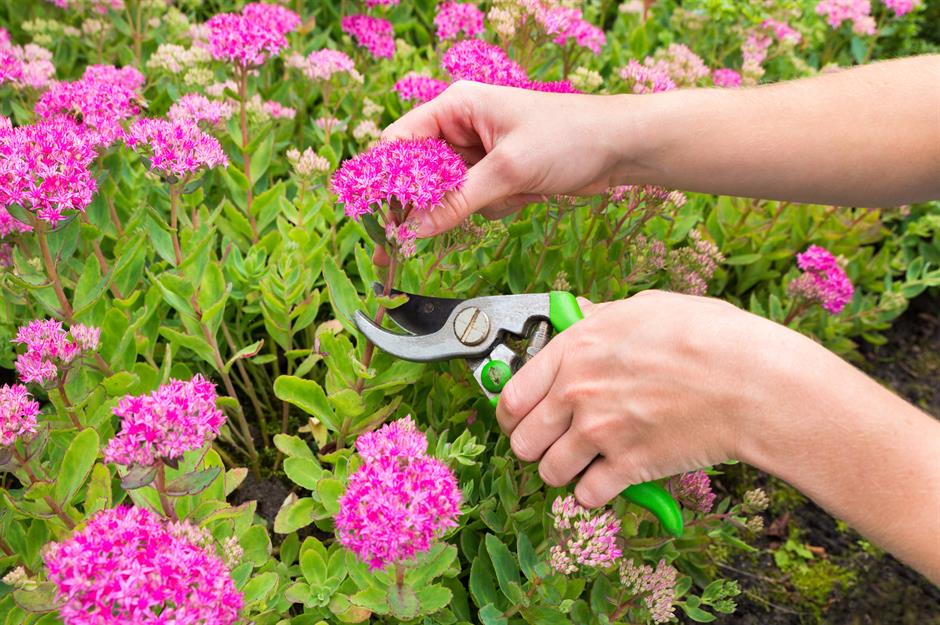
Ben Schonewille / Shutterstock
It's a good idea to tidy up perennials like geraniums and astrantias after they've finished flowering. You can remove any collapsed stems or dying leaves either by cutting from their bases with some pruning clippers or by gently hand-pulling them out. After you've done this, make sure to get rid of any remaining weeds, then spread some compost over the soil to give your plants a boost, leaving worms to do the rest of the work over the winter.
Be attentive to new plants

Maximus Art / Shutterstock
Make sure you keep caring for new plants as temperatures drop, as they're especially vulnerable to the change in temperature. An eco-friendly way to keep them well-watered is to buy a water butt from your local garden centre or DIY store. Fit one onto a drainpipe to catch excess rainwater which can then be used to keep your garden hydrated.
Refresh bird boxes and feeders
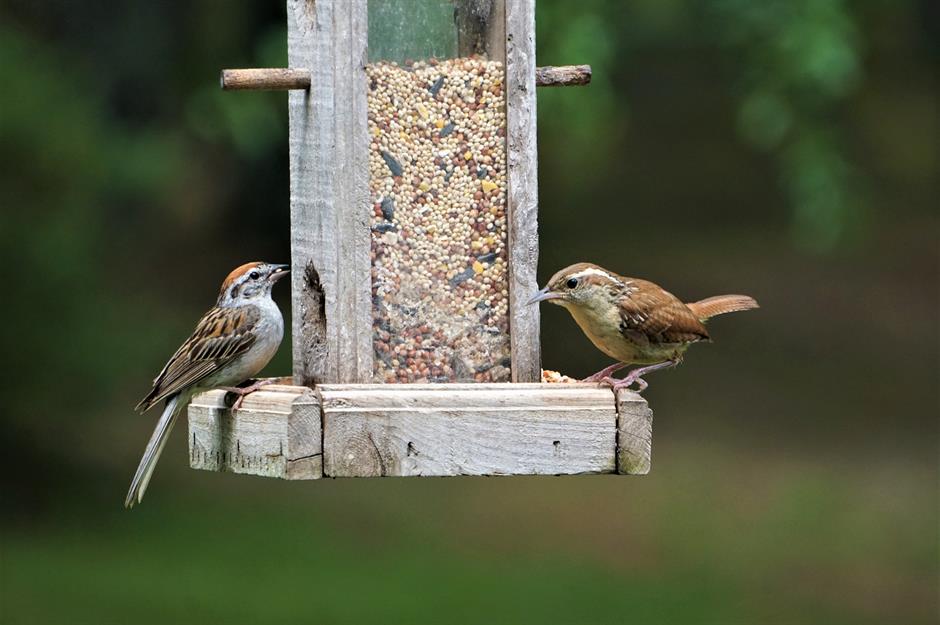
Ancha Chiangmai / Shutterstock
Give your bird feeders a good scrub to help keep the germs away. Use boiling hot water to kill off any parasites that may be lurking inside the boxes and make sure that it's completely dry before you restock it for the winter. It's a good idea to give your bird box a scrub too providing it's no longer active– there are some birds that nest well into September.
Give garden equipment a good clean
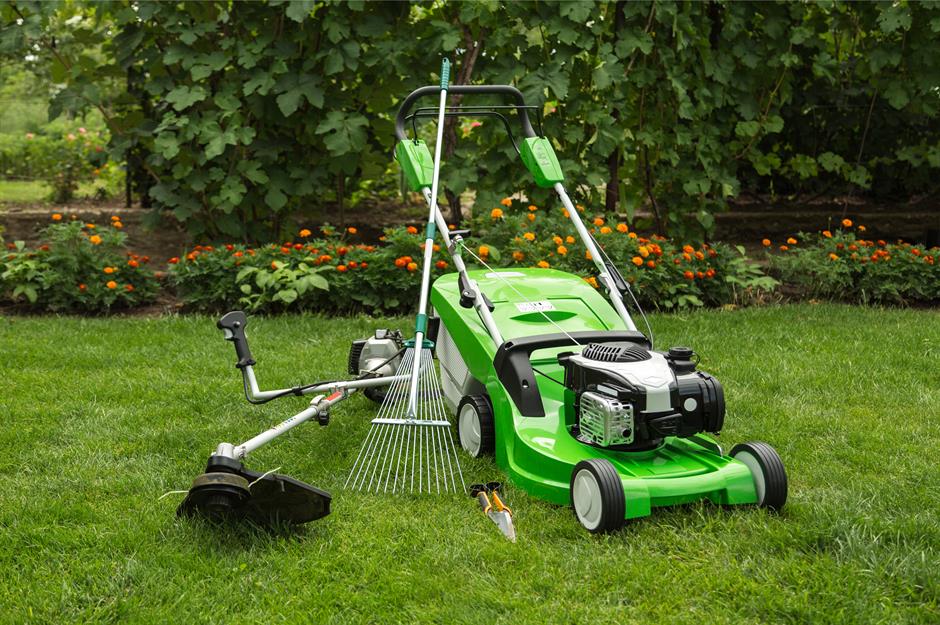
Give your forks, spades and other tools a good wash and dry them thoroughly. Clean any wooden handles with linseed oil for extra protection, but make sure that you carefully dispose of any used rags as linseed can be combustible. Applying some oil to the metal parts of your equipment is also a good idea as it will prevent rusting. Now is the perfect time to check your secateurs and shears are sharpened for the new season too.
Reap the harvest

Make sure you pick all the ripe fruit before the cold weather ruins your hard work. Choose a dry day to harvest your fruit and handle it carefully when testing its ripeness. A tried and tested gardening tip, it's important to remember to store ripe fruit in a box or crate – airtight containers will cut off the air supply and speed up decay. If you're growing corn, check if it's ready to harvest by pinching the kernel and checking for a milky sap.
Frost-proof the greenhouse

Try to give your greenhouse a good clean before winter really hits. As the temperature tumbles outside, it's important that your plants stay warm, so consider adding extra insulation. You could line the wall with bubble wrap to hold in the heat or pop plastic bottles around smaller plants to keep them cosy.
Shut off water connections

Asia images / Shutterstock
Turn off any water connections and disconnect water features and pumps to prevent frost from getting into the pipes and causing serious damage. Insulating your pipes with electrical heat tape or foam insulation wrap is a good way to keep them protected and frost-free too.
Lay the groundwork for spring

Now is the time to plan ahead. Buy some bulbs and plant them now to add colour to your garden come the spring– crocuses, tulips and daffodils are sure to brighten up any outdoor space. Meanwhile, there's a whole host of plants that flourish in the winter that you can incorporate into your planting schedule for the coming year.
Clear out the compost bins
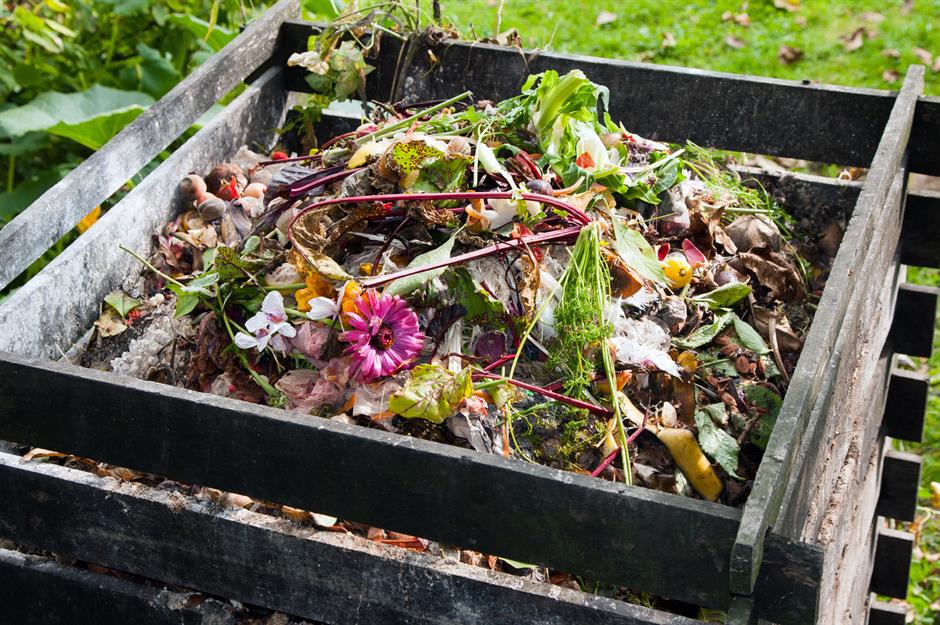
Evan Lorne / Shutterstock
Give your compost bins a good clear out for the new season and make use of the old compost by spreading it around your garden. When you start to build up your compost bins again, ensure you select nutrient-rich things that are quick to break down. Great composters include teabags, grass cuttings and vegetable and fruit waste. But before they hit the heap, you could try growing your own vegetables from leftover food scraps.
Dig up potatoes
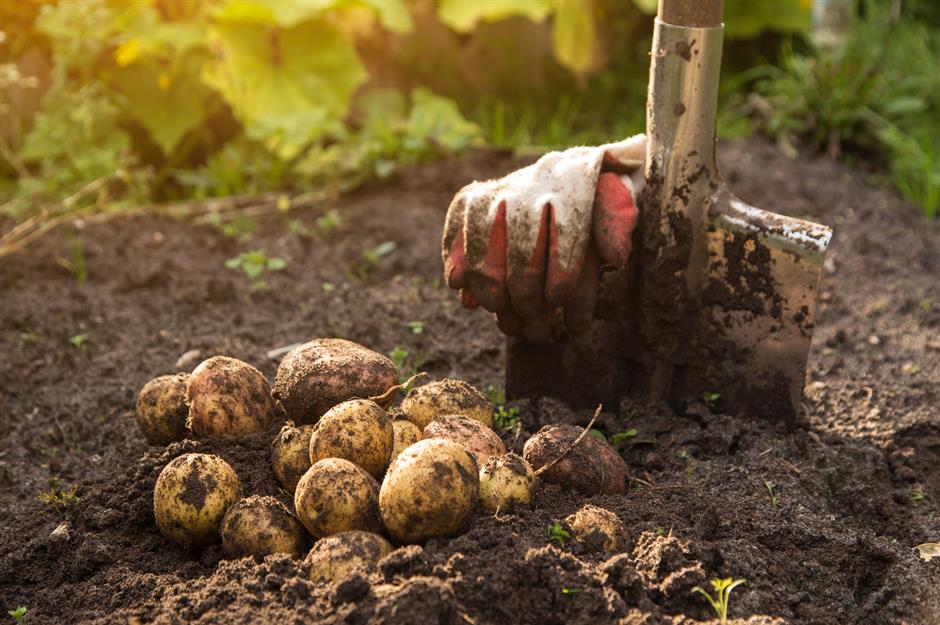
Viktor Sergeevich / Shutterstock
The start of autumn is a good time to tend to your vegetable garden and check if your potatoes are ready and ripe to be harvested before the frost sets in. Make sure you wait until their foliage turns yellow, then cut and remove it, leaving the plants for ten days before you lift them out of the ground with a shovel or fork. Let the harvested potatoes dry for a few hours before storing them in a dark spot.
Lift tender plants
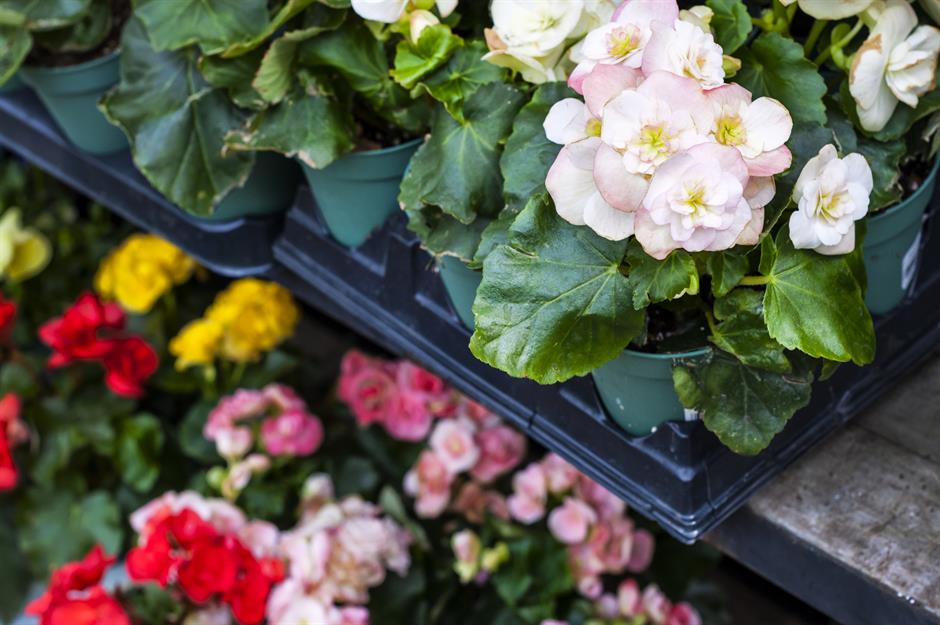
Elena Elisseeva / Shutterstock
Species such as dahlias and geraniums need to be lifted before the winter frost causes any damage. After pruning, gently lift the tubers from the ground, removing any loose debris or soil, and store them in trays of sand, mulch or dry compost, leaving just the crown (where the stem joins the roots) visible. Keep the trays in a cool but frost-free place over winter ready to be replanted in the spring. In milder areas, you can cover the crowns of tender species with mulch rather than lift them.
Clean out the cold frames
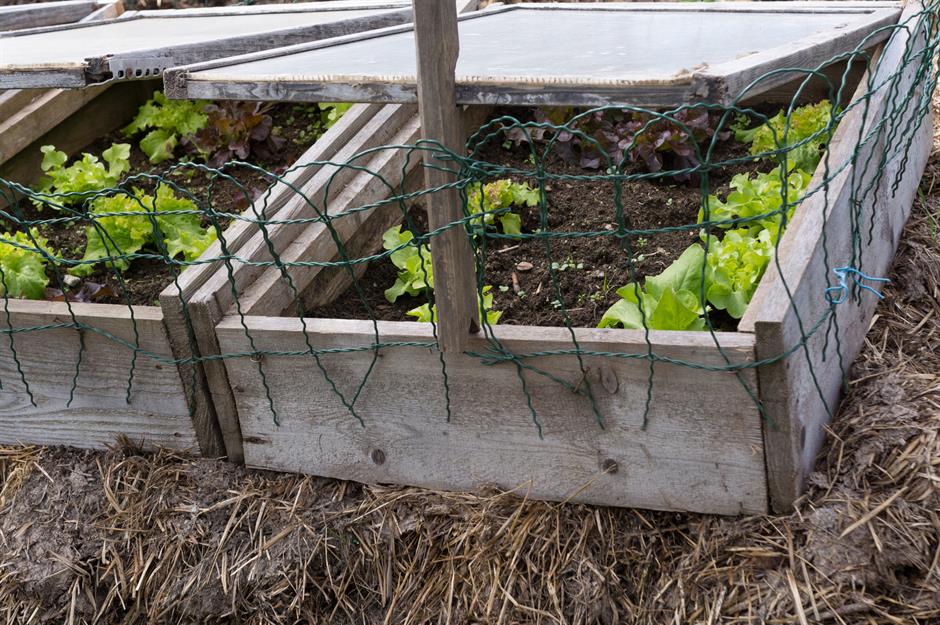
Bildagentur Zoonar GmbH / Shutterstock
It's that time of year again – haul your cold frames out of the garage and clean them with boiling water. Frames with wood or brick sides are particularly effective at protecting plants, flowers and vegetables from the biting cold. Try to fill out any gaps in the frame with mulch, which will help insulate the shrubs and add a nutritious boost to make your plants stronger for the next season.
Discard diseased fruit

Paul D Smith / Shutterstock
Make sure you dispose of any infected fruit as it can do a lot of damage to the healthy fruits and plants in your garden, attracting parasites, wildlife and disease. Fungal diseases and disorders such as brown rot can be catastrophic– there aren't any easy chemical solutions to the infection so keep an eye out for the tell-tale discolouration and wilting in your garden.
Love this? Find more garden ideas and growing tips on our Facebook page
Be the first to comment
Do you want to comment on this article? You need to be signed in for this feature
What Kind Of Work Is There To Do In A Garden During Winter?
Source: https://www.loveproperty.com/gallerylist/88303/29-autumn-garden-jobs-you-need-to-do-right-now
Posted by: pragertharsen.blogspot.com

0 Response to "What Kind Of Work Is There To Do In A Garden During Winter?"
Post a Comment